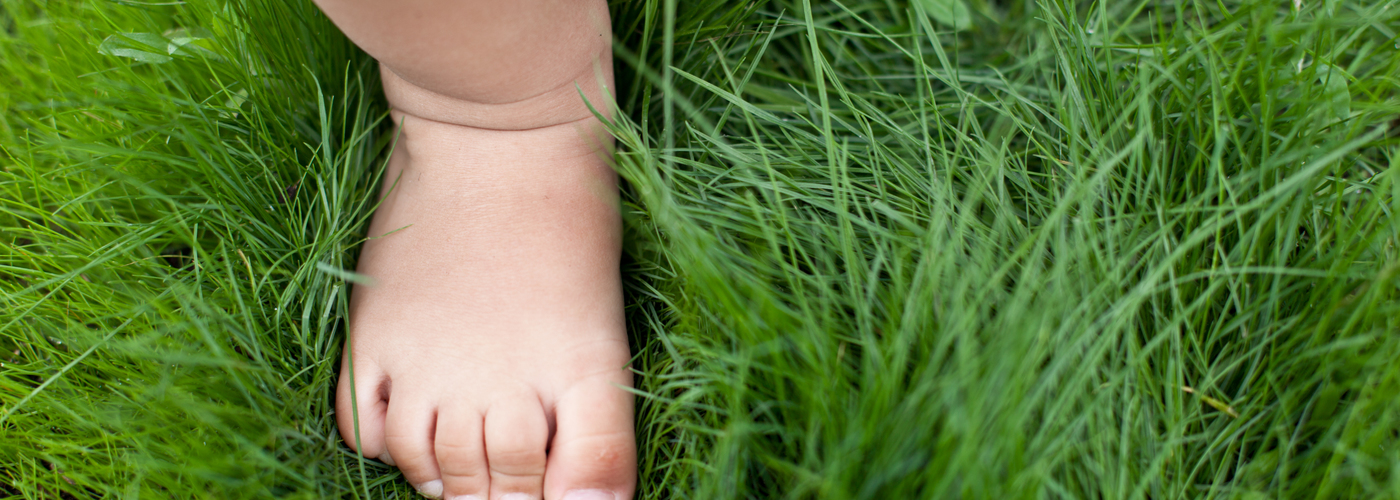
SENSORY PLAY WITH MUFFIK
Senses are very important for our life. To see, to hear, to taste, smell and touch things. Small children often use their mouth as a great sensitive tool, that’s the reason why they like to taste everything. This way, they get very detailed information. Later, they embrace them by touch.
Sit next to your Muffik set and close your eyes. You don't have to just walk around Muffik, but you can also feel the touch of your hands very sensitively. It's a completely different point of view compared to what the Muffik sets give us walking barefoot. What we feel with our feet, we can feel with our hands quite differently.
Compare with your eyes closed how you feel the individual pieces with your feet and how you feel them with your hands. What is comfortable on your hands may not be pleasant on your feet or the other way around. Discuss it with other family members. Find out if they feel the same way or if your opinions differ.
Think about whether you like hard pieces or soft ones and compare if you feel it the same way with feet and hands. The feet tend to be much more sensitive. Soft pieces can be a pleasure and a touch you will enjoy, but hard ones are great for massaging and blood circulation. I have noticed that what hurts people the most (such as a hedgehog), slowly becomes their most favourite puzzle.
Children can engage visual perception and observe which pieces leave imprints on their palms or soles and don’t. Children enjoy exploring what each piece can do and what it looks like, even on the forehead.
As another game, you blindfold your children and choose four pieces, which they will go through in a way that they can remember best. Then you mix the pieces with the others and let your children find exactly the four they went after. You can reduce the difficulty with a smaller number of pieces or make it more difficult by adding more pieces.
Keep the eyes blindfolded, place Muffik's pieces in front of them and give them various types of search tasks. For example, "Can you find hard grass?" Or "Can you find a soft shore?" Or "Can you find a hard meadow?" And let them look for the right pieces. First, they can try with the feet and then, when all the tasks are completed, they can try it with hands.
You can also create several separate areas at home depending on where you can come across specific patterns. Will you be walking by the sea, in the woods in the meadow full of flowers? Or will you return into prehistory with dinosaur eggs?
Karol Tišerová – Successful Czech Mama Blogger